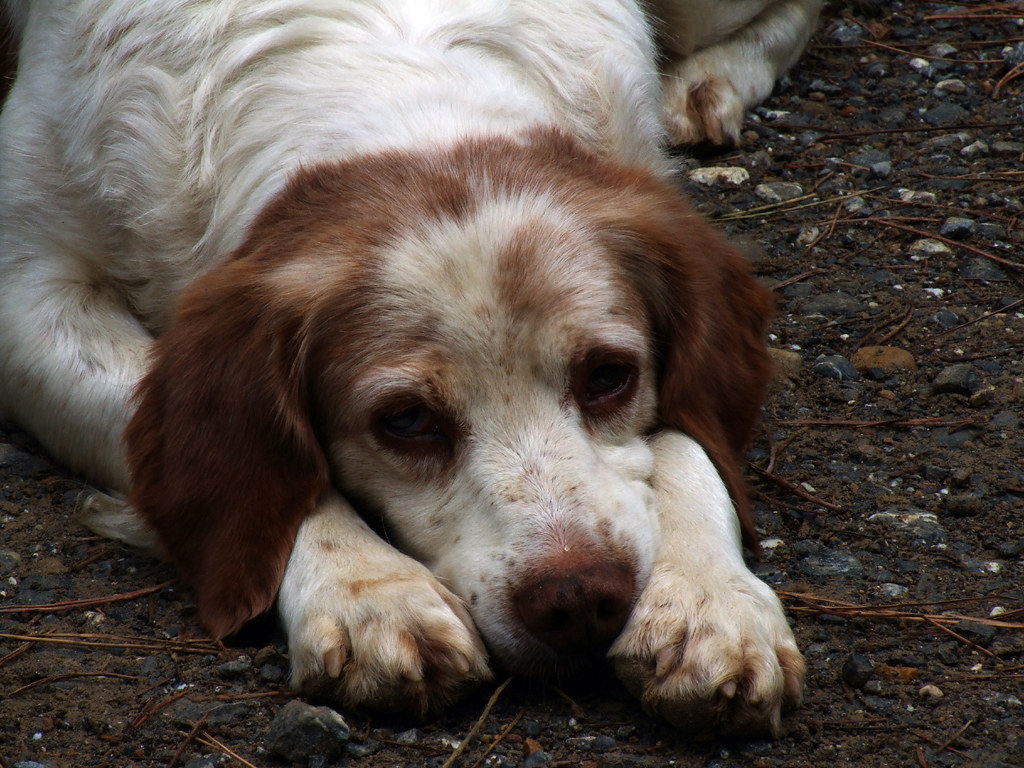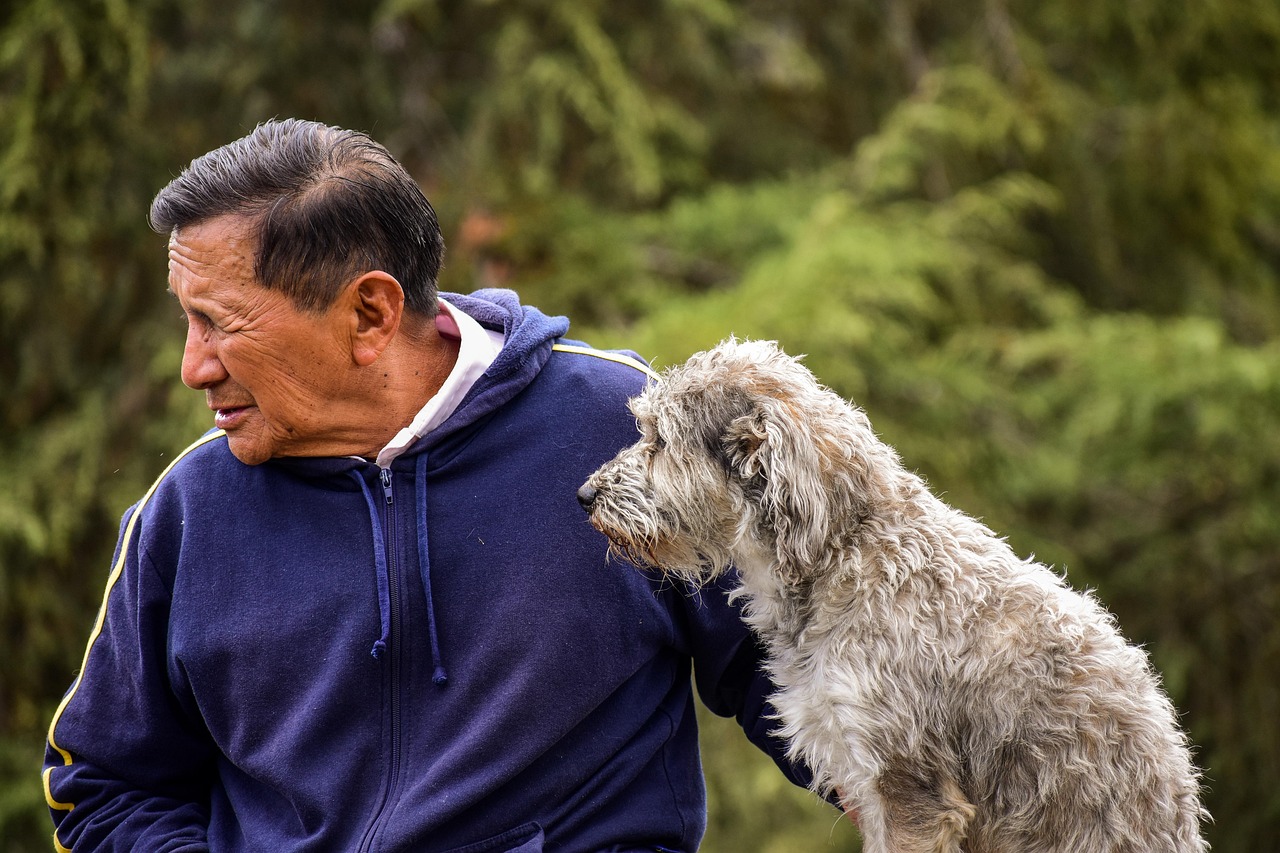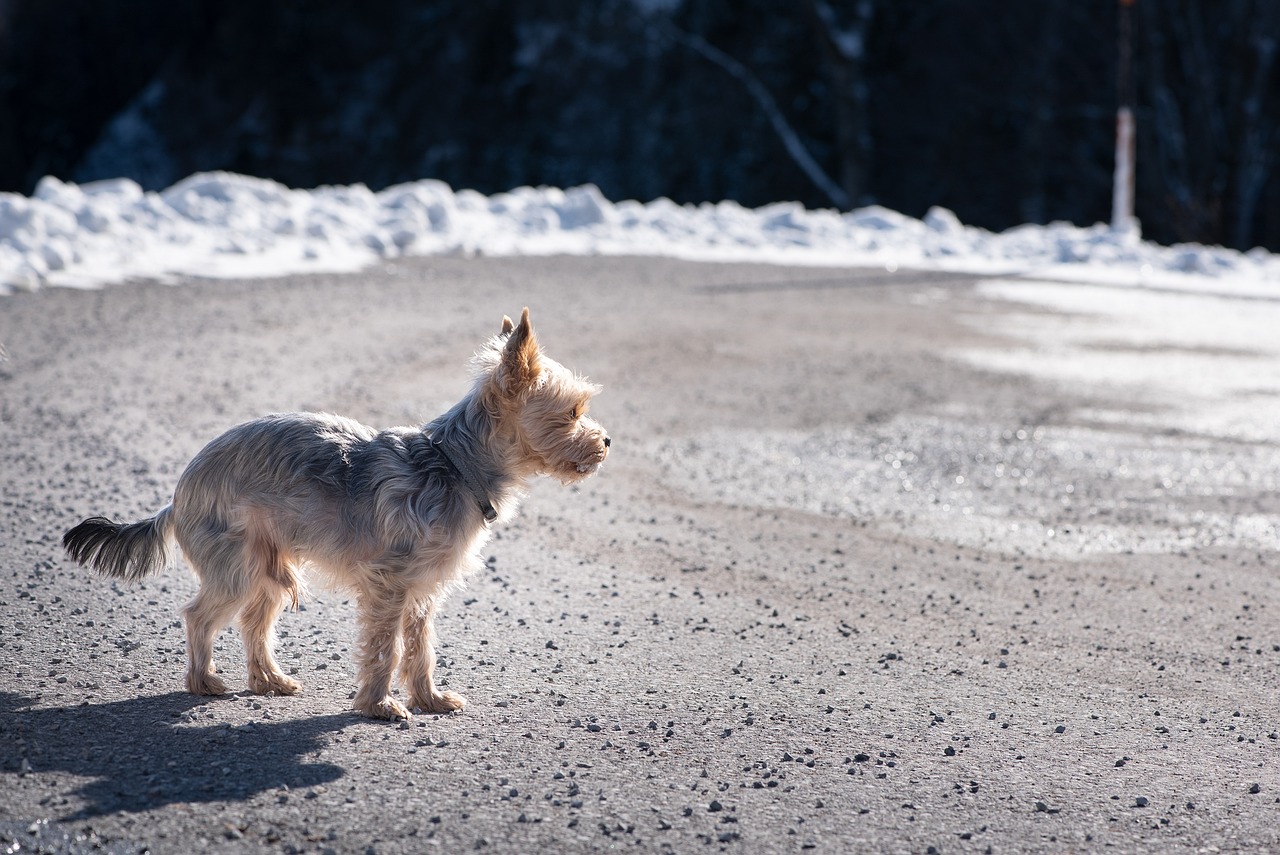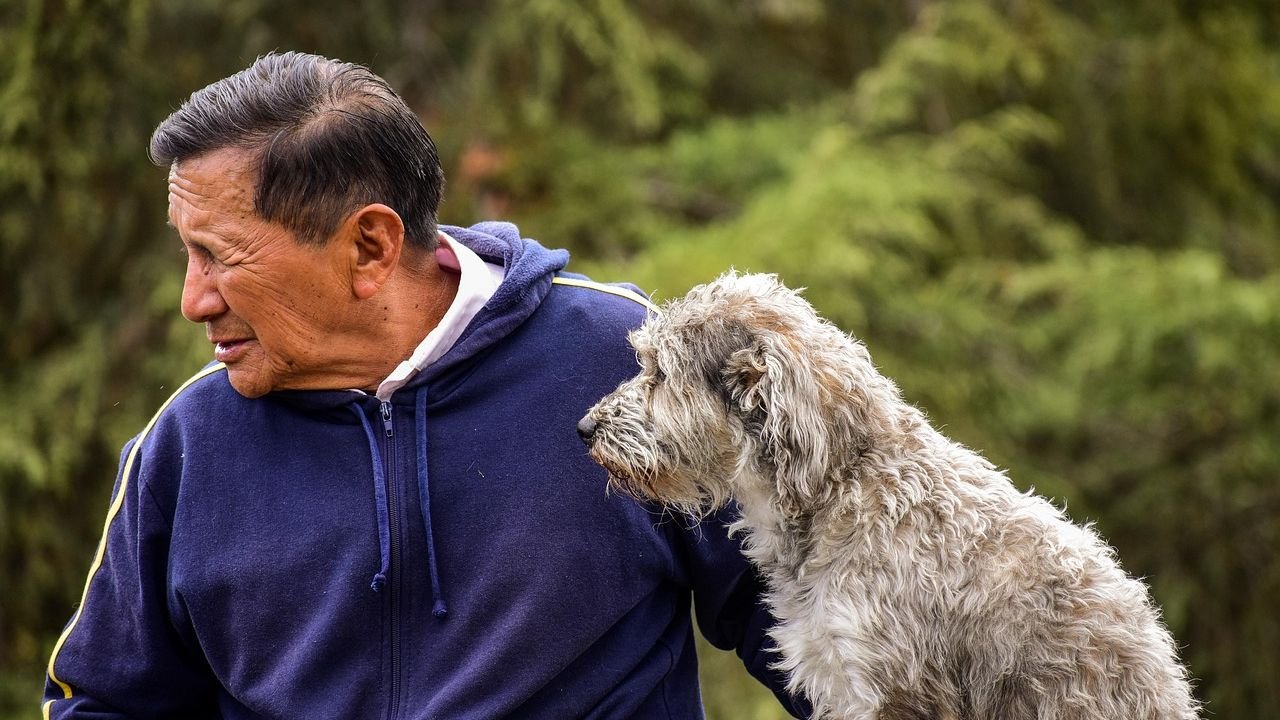The bond between you and your furry companion runs deeper than words can express. Your dog has been your constant companion through good days and challenging ones, offering unwavering loyalty and love that knows no bounds.
As difficult as it may be to consider, there comes a time when our beloved dogs begin to sense their earthly journey is drawing to a close. Recognizing these moments isn’t about preparing for sadness – it’s about understanding how to provide the deepest comfort and love when your dog needs it most. Let’s explore the tender signs that show your canine friend may be approaching life’s final chapter, so you can respond with the compassion they’ve always given you.
The Silent Withdrawal: When Your Social Butterfly Seeks Solitude

Other signs that a dog is dying is if they either socially distancing themselves from humans or other pets, or become unusually clingy or needy. This behavioral shift often catches owners off guard, especially when their once-social pup suddenly prefers quiet corners to family gatherings.
Dogs listen to their bodies which is one reason he hides when he is dying. He knows he is weakened and unable to protect himself, which makes him incredibly vulnerable to predators. By hiding, he is doing the only thing he can to stay safe and protect himself. Your dog isn’t rejecting your love – they’re following an ancient instinct that runs deeper than years of domestication.
If your dog is hiding or seeking out quiet, dark spaces, this could be their way of preparing for the end. Respect Their Space: If your pet seeks solitude, respect their need for privacy. Allow them to choose their own hiding spots, and avoid forcing interaction. This respect for their space can reduce their stress and anxiety.
Changes in Their Deepest Bond: The Clinginess Paradox

While some dogs withdraw, others display the opposite behavior entirely. One of the earliest and most noticeable shifts in behavior can be a change in your dog’s usual social interactions. Some dogs may become excessively clingy, constantly seeking your attention, following you from room to room, and becoming anxious when left alone.
This heightened attachment stems from their awareness that something fundamental is changing within their bodies. Your presence becomes their anchor of comfort during confusing and frightening times. If you notice your dog seeking solitude, respect their space and engage with them slowly and calmly. On the other hand, they may instead express an unusual desire to be closer to you, so give them some extra TLC. This behaviour will be unique to each pooch, but keep an eye out for an unusual change in their level of needs.
Remember that your dog’s increased neediness isn’t demanding behavior – it’s a vulnerable request for reassurance during their most uncertain moments.
The Food Bowl Blues: When Favorite Treats Lose Their Magic

A common sign that a dog is close to death is when they start refusing to eat or becoming fussy with certain foods. This change often begins subtly, with your dog showing less enthusiasm for meals before potentially refusing food altogether.
Appetite and water intake will gradually decline as the dog’s organ systems begin to shut down. As a dog becomes weaker and less responsive, their motivation to engage in activities like eating naturally diminishes. The body is essentially shutting down, prioritizing vital functions over processes like digestion. This physiological shift can lead to a gradual or sudden decrease in food intake, signaling the approach of the end of life.
Waxing and waning of appetite is a common and normal symptom when the dying process is unfolding. With it comes another common and normal symptom, the body starts looking emaciated. While this change can be heartbreaking to witness, understanding it as part of a natural process can help you respond with gentle patience rather than panic.
When Energy Fades: The Great Slowdown

Lethargy is another common sign and dog behaviour before death. As a dog nears their end of life, they will usually sleep more and become disinterested in going for walks or other usual activities. Your once-energetic companion may now prefer sleeping to playing fetch or watching squirrels from the window.
As your dog nears the end of his life, he will sleep more and more and will tire more easily. He may also opt to stay home on his dog bed instead of going on walks and outings like he used to. This isn’t laziness or depression in the traditional sense – it’s their body conserving energy for essential functions.
Dogs approaching death may experience behavior changes like loss of interest, confusion, lethargy, or avoidance or extreme attachment to their families. Support your little mate by providing more dog beds or comfortable places to rest around the house, with toys and their favourite blankets.
Physical Changes That Speak Volumes

Decreased mobility is a common symptom of aging and will steadily get worse. This may be due to pain from arthritis or other injuries, loss of muscle mass causing a decrease in strength, or unsureness because of declining vision. Changes in mobility often start subtly, with the dog trotting after a ball instead of running, gradually progressing to not being able to jump on furniture or into the car, struggling with stairs, and having trouble getting up after a nap.
Beyond mobility changes, you might notice loss of appetite, significant weight loss, and difficulties in breathing. Urine incontinence and fecal incontinence are both common dog dying symptoms. Dogs may be physically unable to rise from their beds to go outside, or they may have musculoskeletal and neurological deterioration that affects their urethral and anal sphincters.
Temperature regulation becomes challenging too. If your dog is sick, aging or near the end of life, you may notice they get hotter or colder than they used to. These temperature changes are due to hormonal changes that can make it difficult for your dog’s body to regulate temperature.
The Emotional Landscape: Anxiety and Confusion

Like people, dogs can experience anxiety when they don’t understand what’s happening around them or within their bodies. This is especially true if your dog is in pain. So if you notice that your dog is whining, pacing, crying or panting, it may be a symptom of anxiety.
Canine Cognitive Dysfunction (CCD) or “dog dementia” can become more pronounced in a dog’s final stages. This can manifest as disorientation, where they may seem lost in familiar surroundings or have trouble recognizing family members. Your dog may wander aimlessly through rooms they’ve navigated confidently for years, or stare blankly at walls.
Common end-of-life signs include trembling, panting, hiding, or refusing to be alone. While these signs are not necessarily like human panic attacks, dogs can experience a similar fear response to the discomfort and confusion they’re feeling. If your dog shows consistent anxiety or struggles to rest, they may be experiencing deeper levels of discomfort.
Creating Comfort in Their Final Chapter

Understanding these signs isn’t meant to frighten you – it’s meant to empower you with knowledge so you can provide the most loving care possible. While every dog is different, some universal comfort strategies include: Creating a calm, familiar space free from loud noises and filled with soft bedding.
If your dog has a favorite blanket, toy, or an item of clothing that smells like you, keep those nearby to comfort them. Spending as much time as possible with your dog will not only give them the emotional support and comfort they need, but it will also allow you to watch for signs of discomfort or anxiety. Your presence alone is medicine to their worried hearts.
Those final moments together are about presence. The most important thing you can offer amid signs your dog is dying is the peace of knowing they are not alone. Trust that your love has been the greatest gift throughout their entire life, and it continues to be so now.
Your dog has spent years reading your emotions, offering comfort when you needed it most, and loving you unconditionally. Now it’s your turn to return that devotion by recognizing their needs and ensuring their final days are filled with the same warmth and security they’ve always provided you. This isn’t just about saying goodbye – it’s about honoring the beautiful life you’ve shared together.
What signs have you noticed in your own furry companion? Share your thoughts and experiences in the comments below.

Gargi from India has a Masters in History, and a Bachelor of Education. An animal lover, she is keen on crafting stories and creating content while pursuing a career in education.






